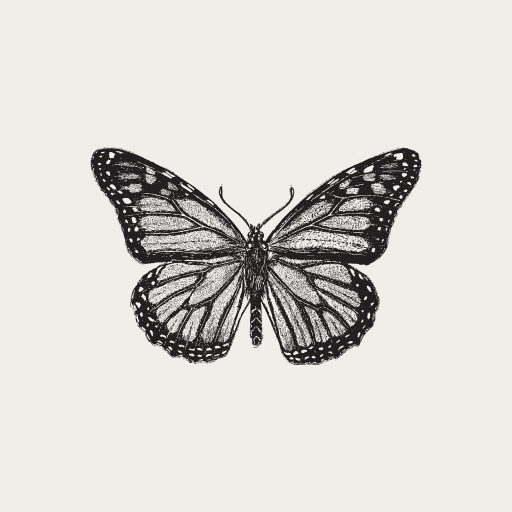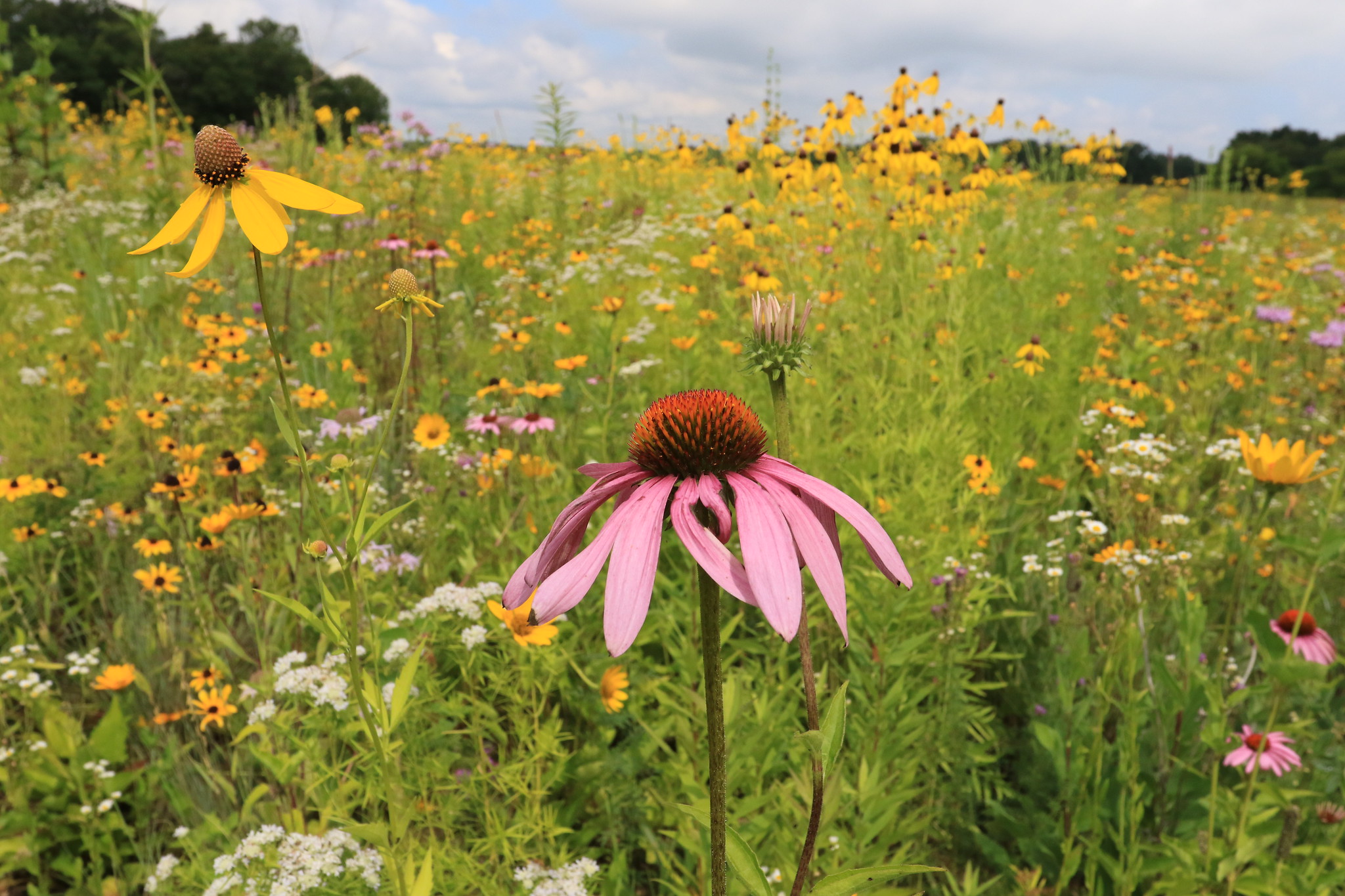Tips for Starting a Conservation Project with Neighbors
There’s something uniquely magical about community gardens. They’re not just spaces to grow food or flowers—they’re places where we can reconnect with nature, build stronger bonds with our neighbors, and take meaningful steps toward restoring our ecosystems. As someone passionate about native plants and conservation, I’ve seen how these gardens can help transform neighborhoods into vibrant, thriving ecosystems that benefit both wildlife and people. And when you introduce native plants into the mix, the power of these community spaces becomes even greater.
Starting a community garden with native plants isn’t just a project for beautifying your neighborhood. It’s a way to restore and protect local ecosystems, while also creating a space that brings people together. This article will guide you through the process of starting a native plant garden with your neighbors, offering insights into the steps you can take to make it a reality.
Why Native Plants for Community Gardens?
Native plants are the unsung heroes of our landscapes. They are naturally adapted to the local climate, soil, and conditions, which means they require less water, fewer chemicals, and little to no maintenance once established. By focusing on native species, we can help restore the balance in ecosystems that have been disrupted by invasive plants and climate change.
Here are just a few of the incredible benefits of native plants in community gardens:
- Supporting Wildlife: Native plants provide food and habitat for pollinators, birds, butterflies, and beneficial insects. By creating a space filled with plants they naturally rely on, you help sustain the local ecosystem and boost biodiversity.
- Promoting Water Conservation: Native plants are drought-tolerant and often require less irrigation than non-natives. This helps conserve water—a precious resource in many areas.
- Soil Health and Erosion Control: Native plants have deep root systems that prevent soil erosion and help maintain healthy, fertile soil. They also support microbial life that keeps the soil rich and nutrient-dense.
Choosing native plants for your garden is a step toward sustainability and ecological restoration, but it’s also a way to foster a deeper connection with your environment.
The Role of Community Gardens in Conservation
While the ecological benefits of native plants are undeniable, community gardens play a bigger role in conservation than we might initially realize. By turning vacant lots or underutilized spaces into green, thriving gardens, you’re not only beautifying the neighborhood—you’re also providing a sanctuary for wildlife.
Community gardens can:
- Provide Pollinator Habitats: Pollinators like bees, butterflies, and hummingbirds are vital to the survival of many plants and crops. Native plants are often the best way to ensure they have the right resources.
- Encourage Local Food Sovereignty: While this article focuses on conservation, community gardens are also great spaces to grow food. Combining native plants with food crops creates a resilient garden that supports both nature and people.
- Raise Awareness: A well-maintained community garden becomes a living example of conservation in action. It serves as an educational space where neighbors and visitors can learn about native plants, biodiversity, and sustainable gardening practices.
- Foster Community Connections: Gardens are natural gathering places. They offer opportunities for neighbors to come together, share skills, and build relationships, all while working toward a common conservation goal.
Steps to Starting a Community Garden with Native Plants
If you’re ready to start a community garden with native plants, here’s how to bring your vision to life:
1. Planning the Garden
The first step is to think about the space you’re working with. Does the area get full sun, partial shade, or is it mostly shaded? What kind of soil do you have? Understanding your garden’s conditions will help you select the right native plants for your region.
Start by creating a simple layout. Consider including areas for different types of plants (e.g., a pollinator garden, a shade garden, or a medicinal herb patch). Be sure to choose plants that will thrive together in your local climate and attract a variety of wildlife.
2. Gathering Resources
Once you have a plan, you’ll need to gather the resources to bring it to life. Start by sourcing your native plants. Local nurseries or native plant sales are excellent places to find high-quality, locally adapted species. You can also reach out to seed banks or conservation groups that focus on native plants.
You may also want to seek funding for your project. Consider applying for small grants from local environmental organizations or starting a crowdfunding campaign. Ask neighbors to donate plants, tools, or their time to help cover the costs.
3. Getting Neighbors Involved
A successful community garden is one that involves everyone. Start by hosting an informational meeting or event to engage neighbors. Share your vision for the garden and explain how it will benefit both the environment and the community. Encourage people to share their own ideas, concerns, and knowledge about plants and gardening.
Assigning roles and responsibilities will give everyone a sense of ownership. Some people may want to help with planting and maintenance, while others may focus on fundraising, educational events, or outreach.
4. Garden Design
A thoughtful garden design is key to making sure your garden is both beautiful and functional. Make sure your space is accessible to everyone, including those with mobility challenges. Pathways, seating areas, and even signs that label the plants can make your garden more inviting.
Incorporate elements that attract pollinators, such as nectar-rich flowers, bee hotels, or small water features. A variety of plant types, from wildflowers to shrubs, will provide a diverse habitat for different species.
Best Practices for Maintaining the Garden
Once your garden is planted, regular maintenance will keep it healthy and thriving. Here are some best practices for long-term success:
- Water Efficiently: While native plants are drought-tolerant, they may need some watering while they’re getting established. Consider setting up a rainwater harvesting system or using mulch to retain moisture.
- Minimize Pesticides: Native plants are naturally resistant to many pests, but if needed, use organic or non-toxic pest control methods.
- Involve the Community: Host regular garden care days or workshops to keep everyone involved and connected. You can also plan social events like garden tours, harvest celebrations, or educational talks.
- Stay Educated: Keep learning about native plants and gardening techniques. Encourage community members to attend local garden tours or workshops to continue improving the garden’s impact.
Growing the Impact – How to Expand the Project
As your garden flourishes, consider expanding its reach. You can:
- Partner with Local Schools: Invite local schools to visit the garden for educational tours or to help with planting. Involving children is a great way to teach the next generation about conservation.
- Engage with Local Businesses: Partner with local businesses to provide resources or sponsor events. They may also be willing to donate supplies or offer volunteer support.
- Host Community Events: Host open garden days, workshops, or celebrations to engage with even more neighbors and spread the word about native plant conservation.
Building Resilient Communities with Native Plant Gardens
A community garden with native plants is more than just a green space—it’s a hub for education, connection, and conservation. By starting your own garden, you’re creating a legacy of sustainability and helping restore the balance in your local ecosystem.
I hope this inspires you to take action and work alongside your neighbors to create something beautiful and impactful. Together, we can make our communities—and our world—greener, healthier, and more resilient.





